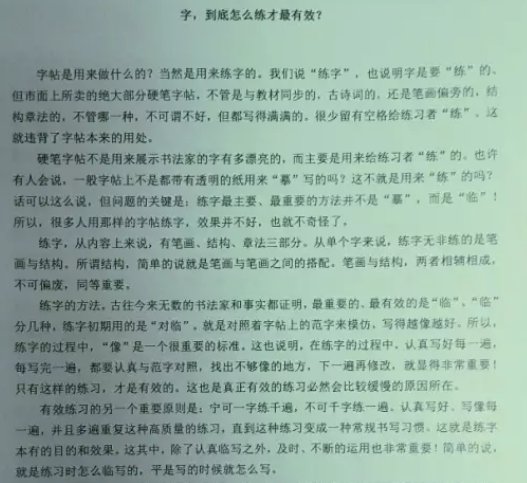Looking at a single word, whether a word is good-looking or not depends on two aspects. One is strokes, and the other is structure (the combination and matching of strokes). The two complement each other and cannot be neglected. It can be seen that strokes are half of the realm of calligraphy, and the learning and practice of strokes are important contents in calligraphy learning.

It is generally believed that calligraphy practice begins with strokes. Is this true?
We believe that it depends on the specific situation of the learner. If you are a child who has no foundation in writing, you might as well start with strokes. Because compared to the entire character, the strokes are relatively simple. Holding the pen, recognizing the names of strokes, and practicing basic strokes are all important at this time. However, it should be noted that you cannot blindly limit yourself to practicing strokes at this time.
Because the strokes are boring and have no meaning. Therefore, while practicing strokes, it is also necessary to recognize and practice some simple characters.
First, you can practice simple calligraphy and strokes;
Secondly, the rules and patterns of combinations between strokes must be involved sooner or later;
Thirdly, words have meanings, can be combined into words and sentences, can be connected with children's life and cognition, and can generate unlimited associations. In this way, it is easier to image and vivid, and it is easier for children to accept and love it.
If you are an adult, or a child who is already older and knows and can write more words, you do not necessarily need to start with strokes. At this time, if you make some structural adjustments first, focusing on improving the position, length, direction, distance, etc. of the strokes, the effect may be better and more obvious. Of course, this also depends on the specific situation of the learner. If the foundation of strokes is indeed weak and affects the organization and adjustment of the structure, it is also necessary to start with strokes. In fact, for people who can already write a lot of words, it is no longer very important to learn and practice calligraphy first from the strokes.
Because the key to practicing calligraphy is not whether to practice strokes first or strokes later, but whether the practitioner uses scientific methods to practice and applies them in a timely and flexible manner. What is a scientific practice method? For example, use the correct posture to hold the pen, mainly use "Lin" instead of relying on "drawing" and "copying", and would rather practice one word multiple times than practice multiple words once, etc.








